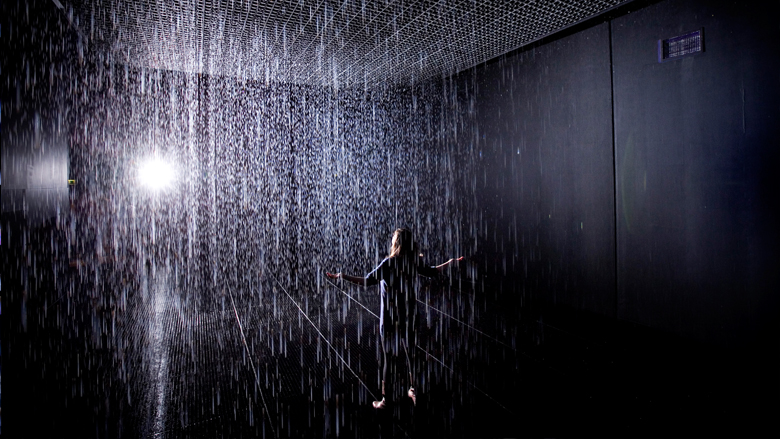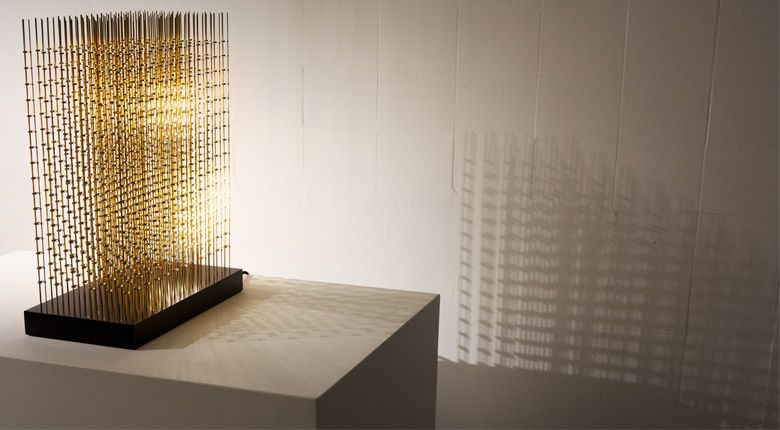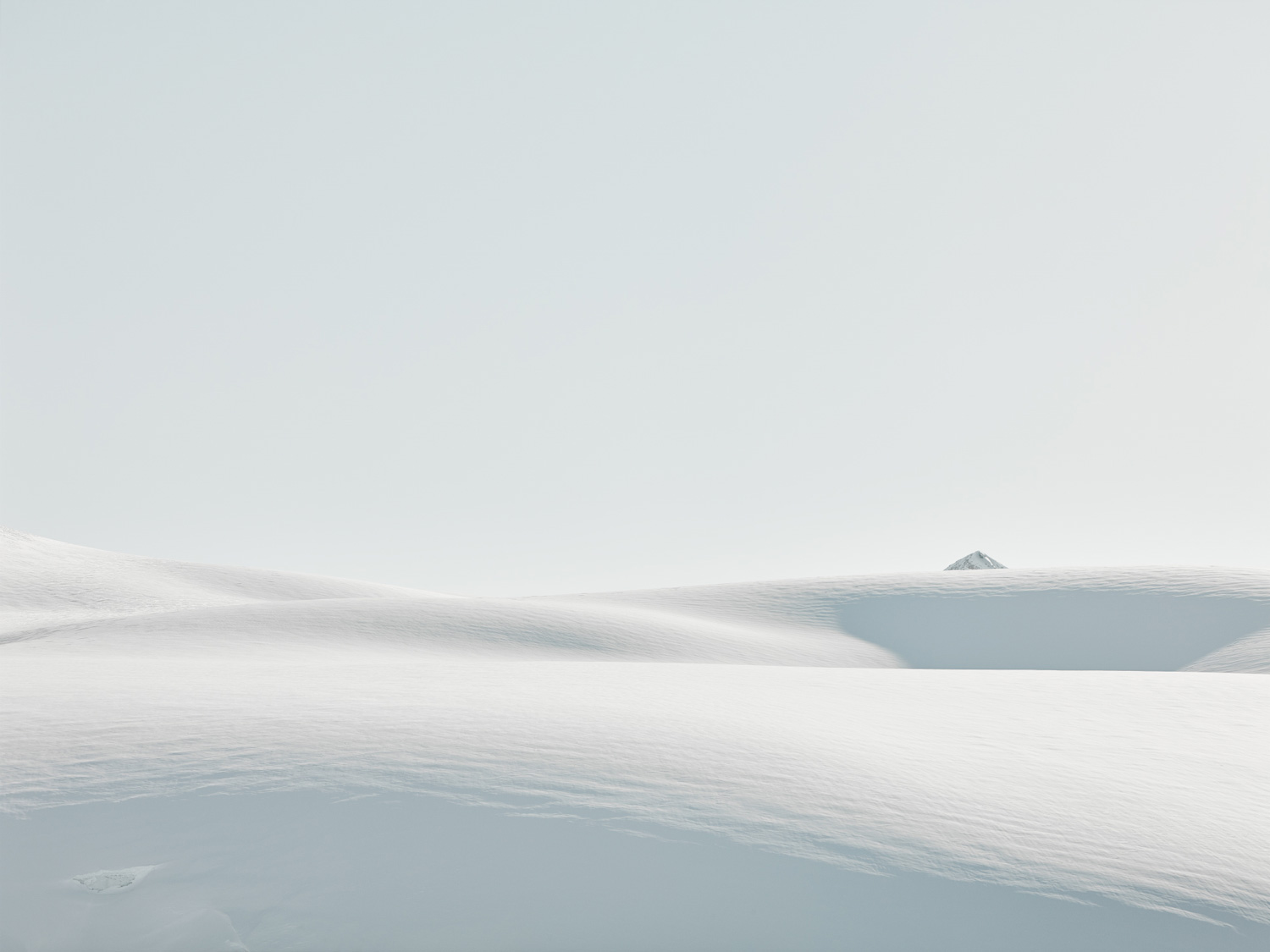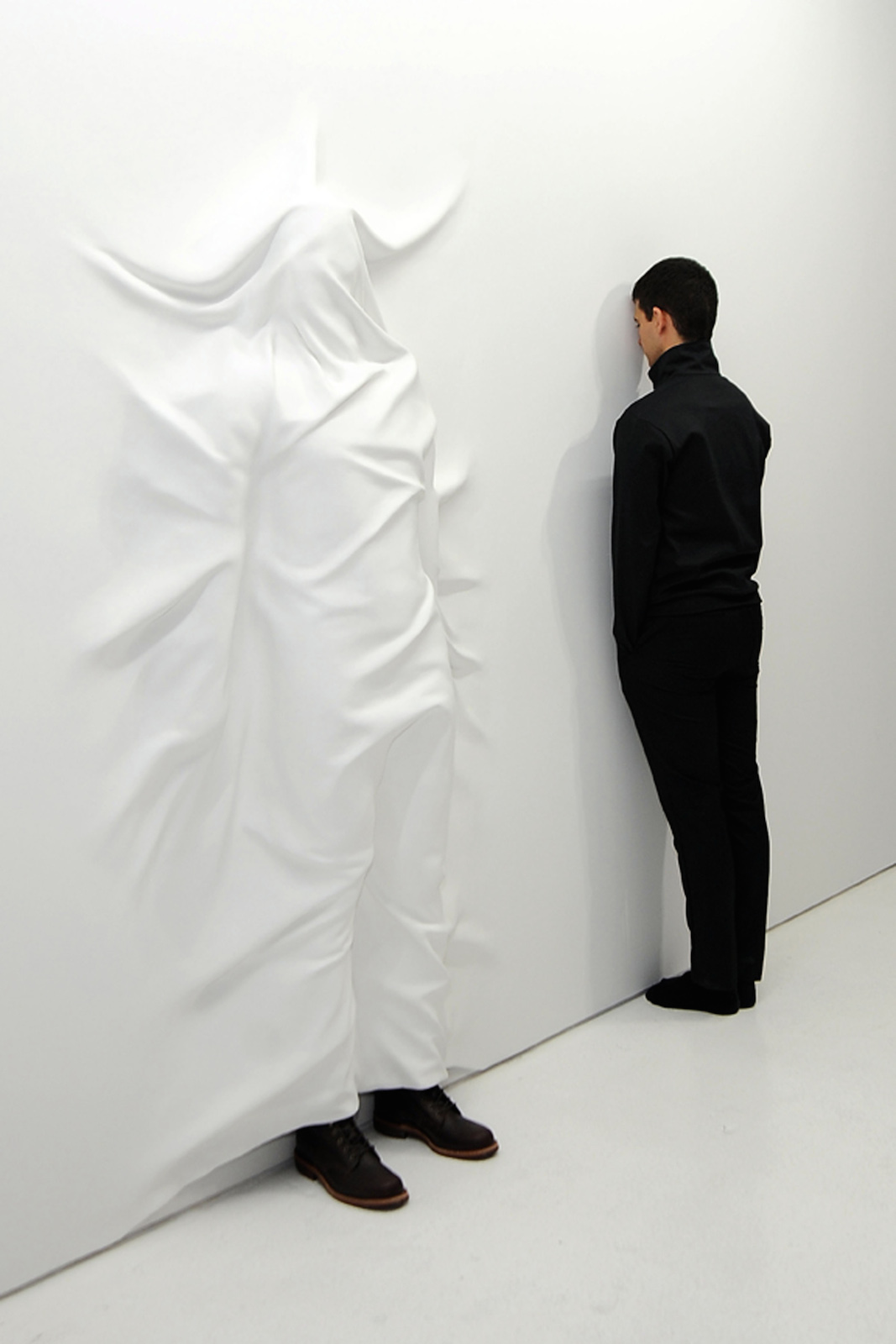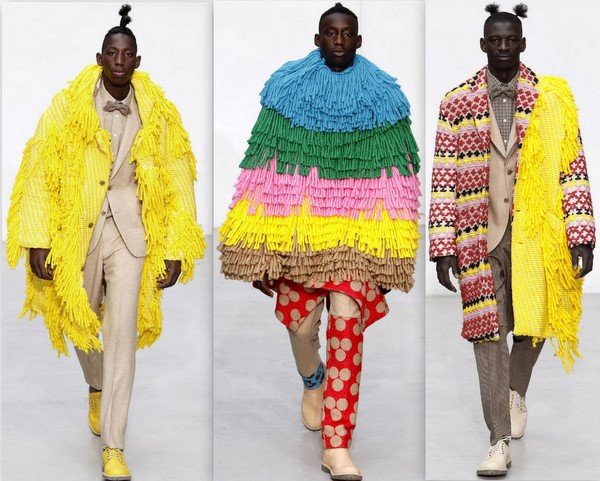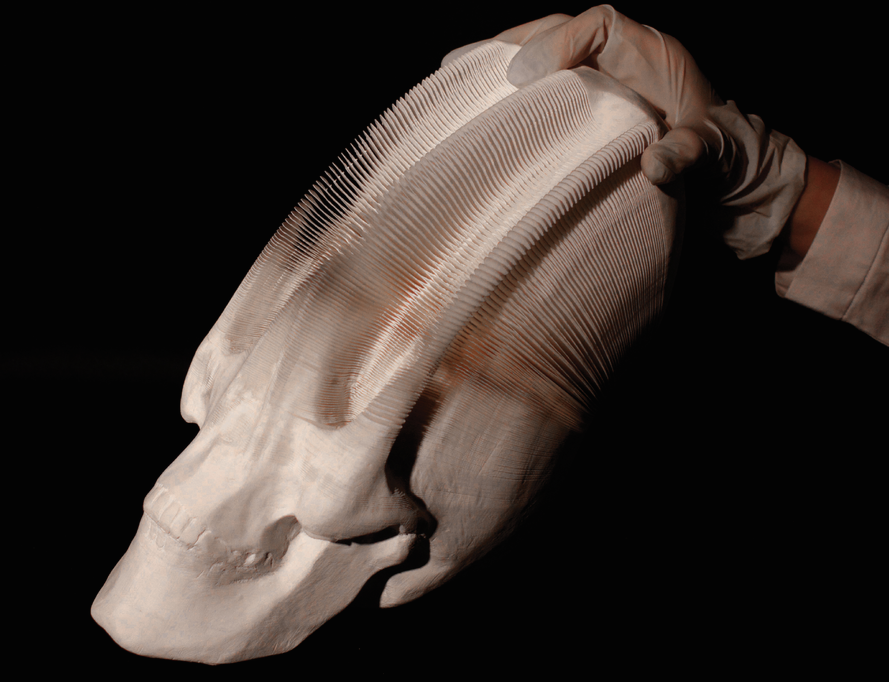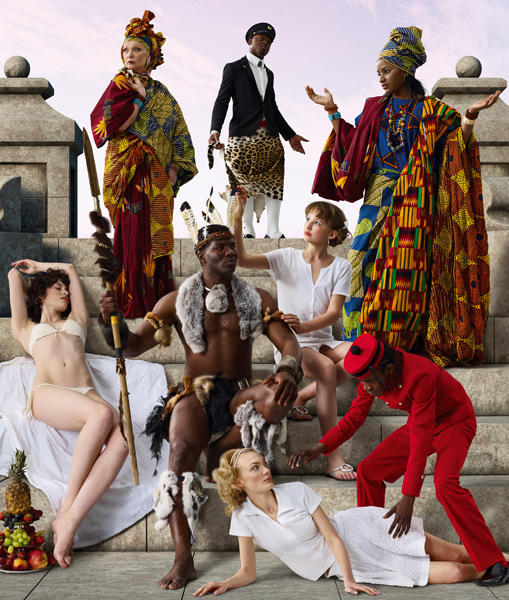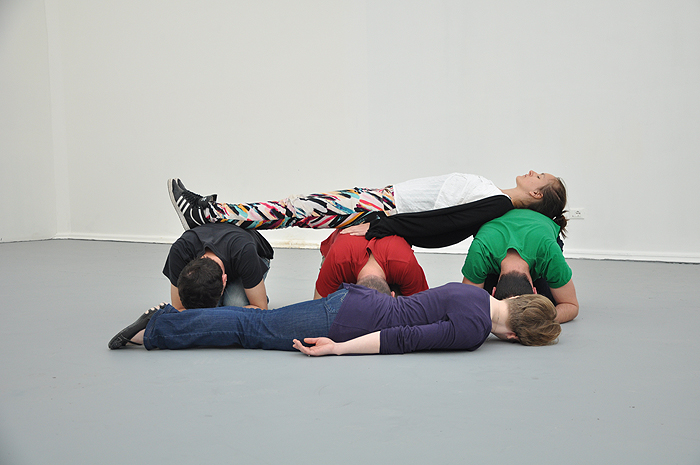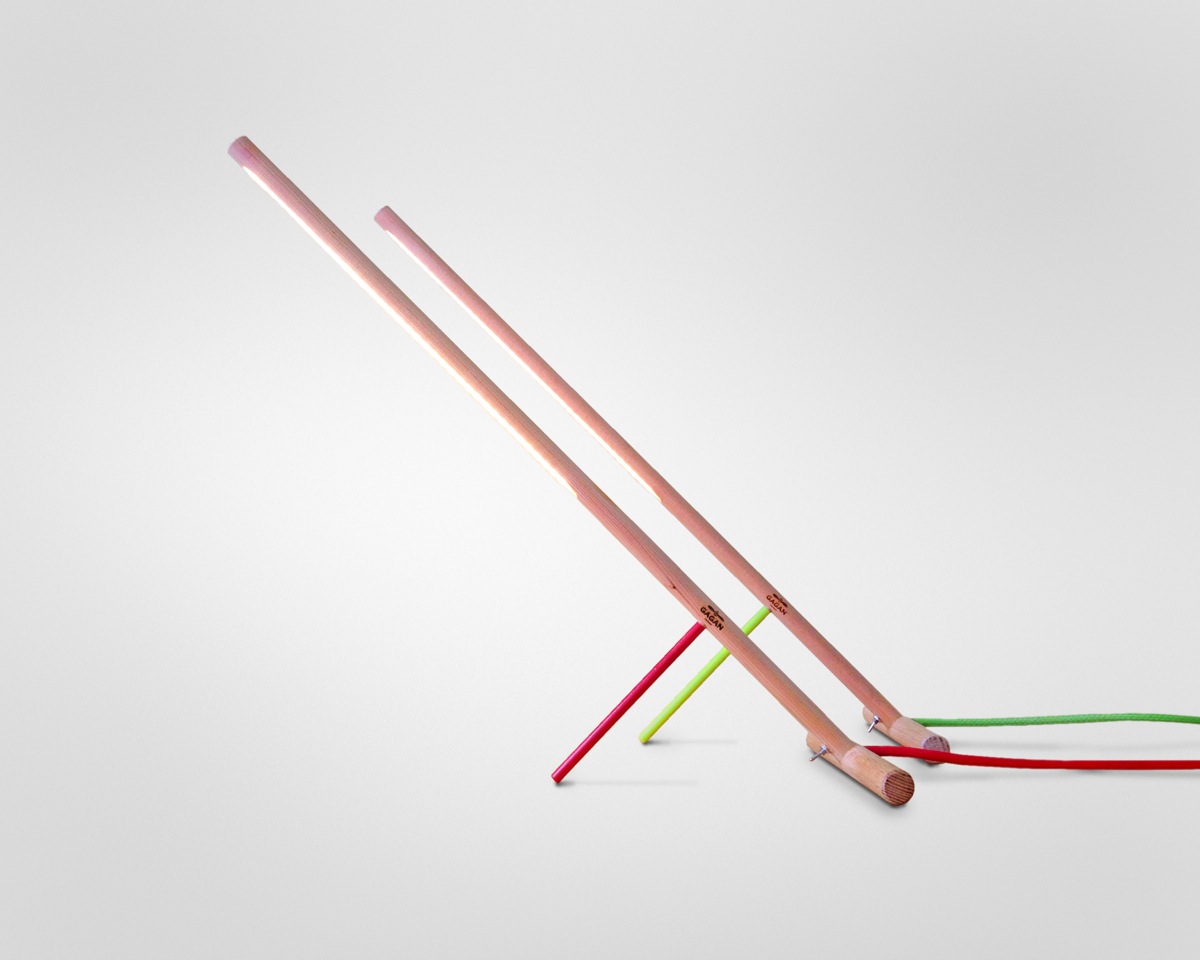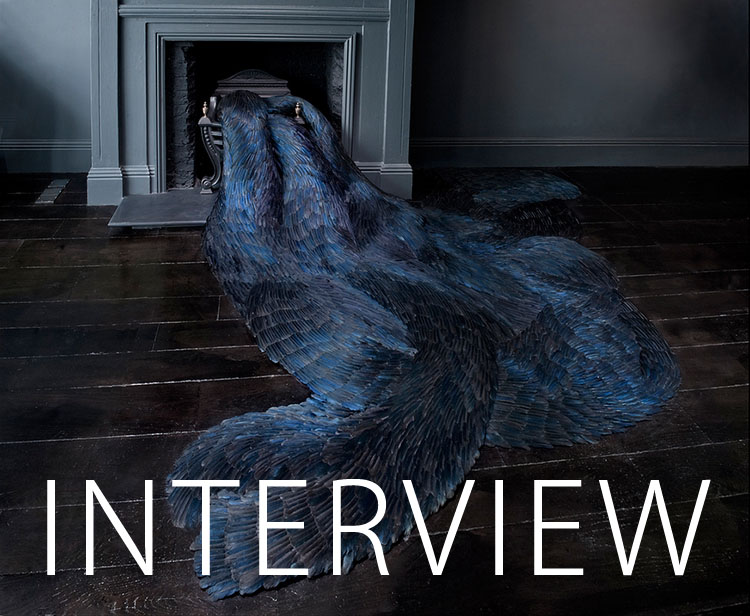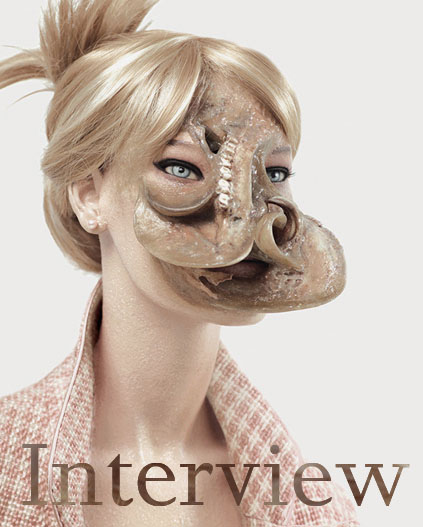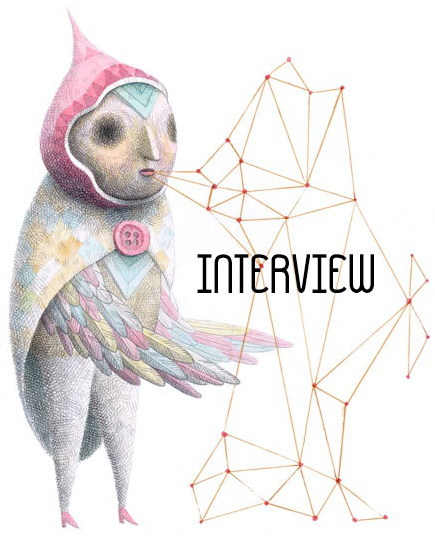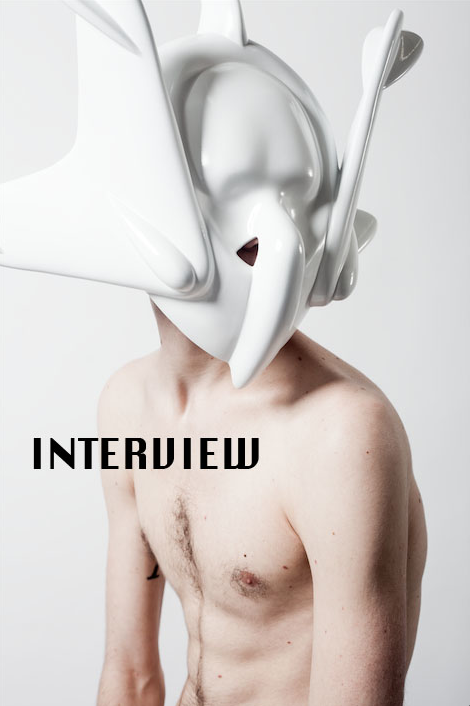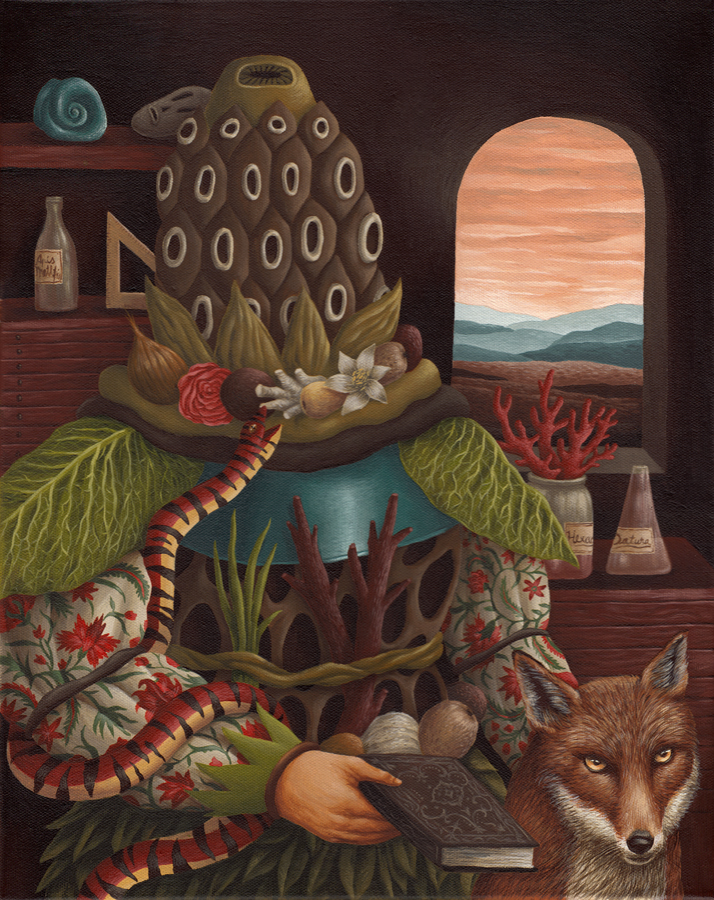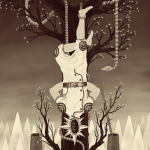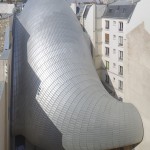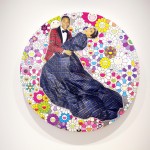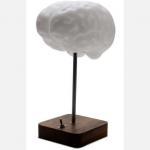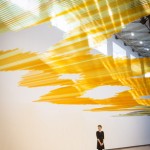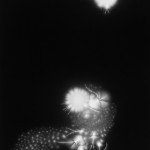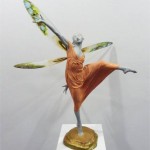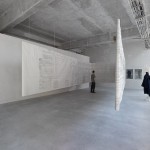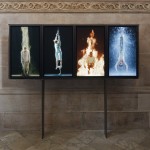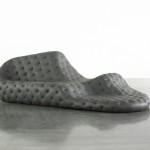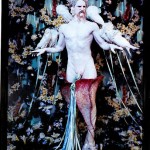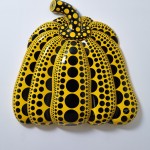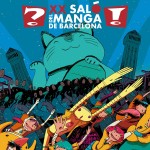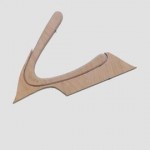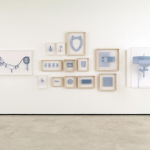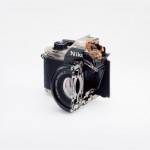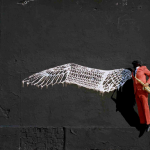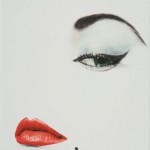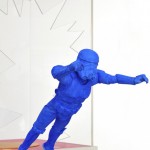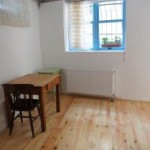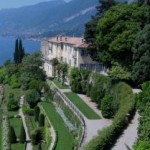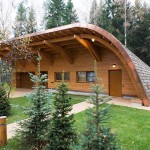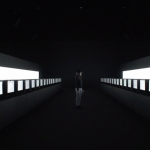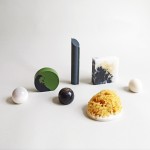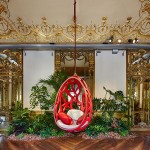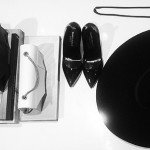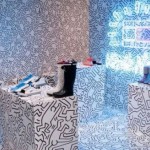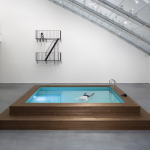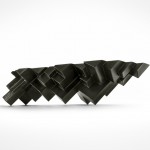INHALE is a cultural platform where artists are presented, where great projects are given credit and readers find inspiration. Think about Inhale as if it were a map: we can help you discover which are the must-see events all over the world, what is happening now in the artistic and cultural world as well as guide you through the latest designers’ products. Inhale interconnects domains that you are interested in, so that you will know all the events, places, galleries, studios that are a must-see. We have a 360 degree overview on art and culture and a passion to share.

rAndom international are interested in installations that encourage the participation of the viewer, thus changing the relation between the art and the audience. They focus on new media as well as cognitive science and their works require research and prototyping.
What is interesting about your practice is the fact that this cold medium, which is media, becomes so warm and familiar. How do you get to do that?
For us, a material quality is inherent to a lot of the processes and ‘media’ that we use. It’s about focussing on that quality in everything we do; because it’s that quality which allows one to develop an emotional relationship with a space or an object.The concept is the crucial part and with our work that concept is often completed by the people and their physical participation.
What happens when digital and analog worlds meet?
In our work, often an experience that unites the ephemeral with the physical — or even tangible.
Your responsive installations became very popular and people queue to interact with them. Did you expect in the first place that people would be so drawn to them?
Not in a million years. It was a complete surprise and to this day we are astonished by the response, and so grateful to those who gave their time to experience our work.
With Rain Room, what is interesting is the audience’s reaction. They might protect themselves against the rain outside, but once they entered the Room they wish they got wet. Why do you think this happens?
Rain Room is very much a sensory experience and yet you have this surreal absence of touch — you feel the moisture in the air, see it, smell it, but you can’t touch it. Perhaps there is a contradictory part of people that wants what they can’t have, or perhaps its more primal than that — feeling the rain on our skin is part of being alive.
There is Swarm Study and Swarm Study II and so on. Why did you feel the need do get back at it and take it to a different level, to try something else with it?
Someone, I think Da Vinci, once said that a painting is never finished, only abandoned; there is a sense in which you can just go on experimenting and refining forever. But there comes the point where you have to bite the bullet and realise a work. Going back to ideas and expanding on them in different ways helps to continue the life of the idea and to explore more of the different tangents you come across.
In Audience there is an intense link between the viewer and the mirrors that change. This also makes the viewer act like a performer: his reaction makes the mirrors move. Why are you interested in this dimension?
We are interested in the reversal of the traditional roles of viewer and viewed. What happens when an artwork watches you? It’s often within the interspaces of this responsive interplay between artwork and viewer that we find the richest ground.
You are present in museums, biennials, galleries, but you claim that you are not artists, but product designers. Why do you choose to go by that?
We don’t. We are artists, creating art but using many of the tools and processes offered by design — which we are lucky enough to have learned in our product design training.
Your works need a long period of research that includes programming and experiencing with technology. How do you do your research? Where do you start from?
Discussion. Research. Prototyping and visualisation. The idea always comes first and then we develop the best way to realise it and the best materials within which to make it manifest.
It’s very interesting how you create installations that necessitate a lot of research and technical details and at the same time say that you are interested in human behaviour. How do these two meet?
It the relationship between the human viewer and the artwork — realised through technology — that is the point of convergence.
You are very connected to this area of art meeting technology. Where do you think this is going, which are the tendencies?
We will present our first audio piece at the Lunds Konsthall this autumn, using sound as a material has been an intriguing process for us. We are also looking further into the possibilities of touch within our work.
How did your practice change over these years?
It’s the same processes, but bigger and busier. We stick to our core principles but allow ourselves the supreme luxury of time to consider our interests and motivations within our work.
rAndom international for Inhale Mag, July 2014




